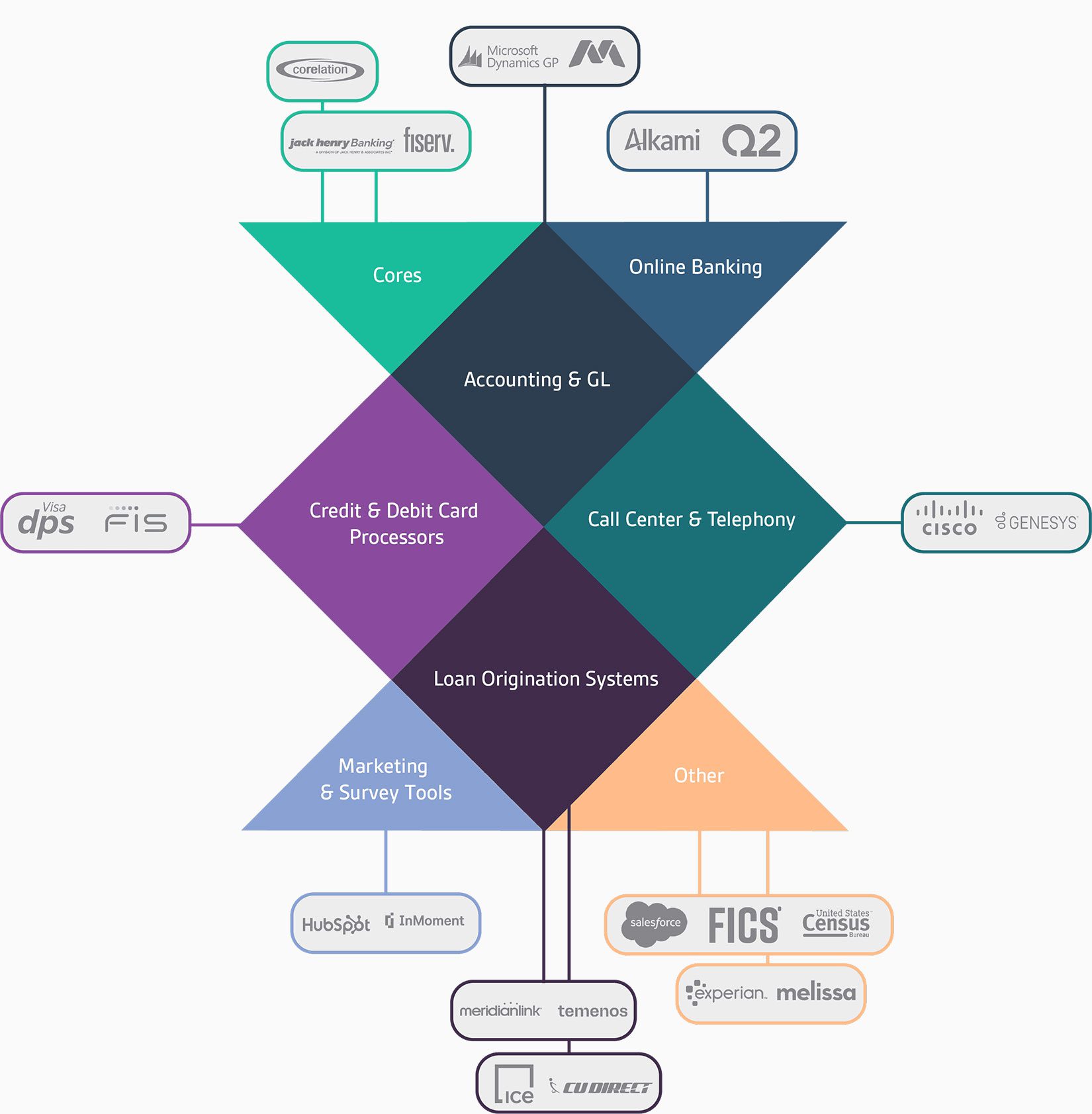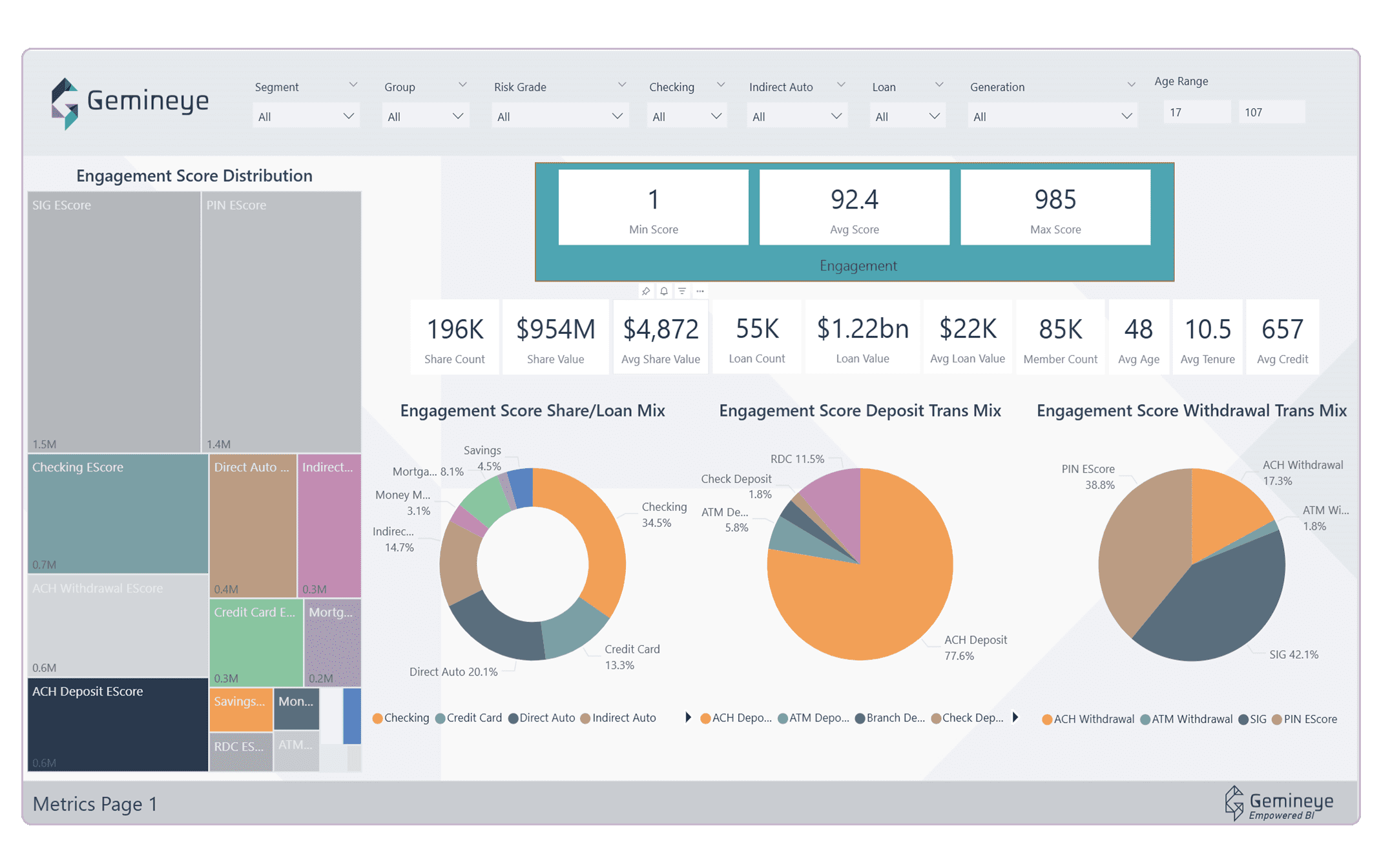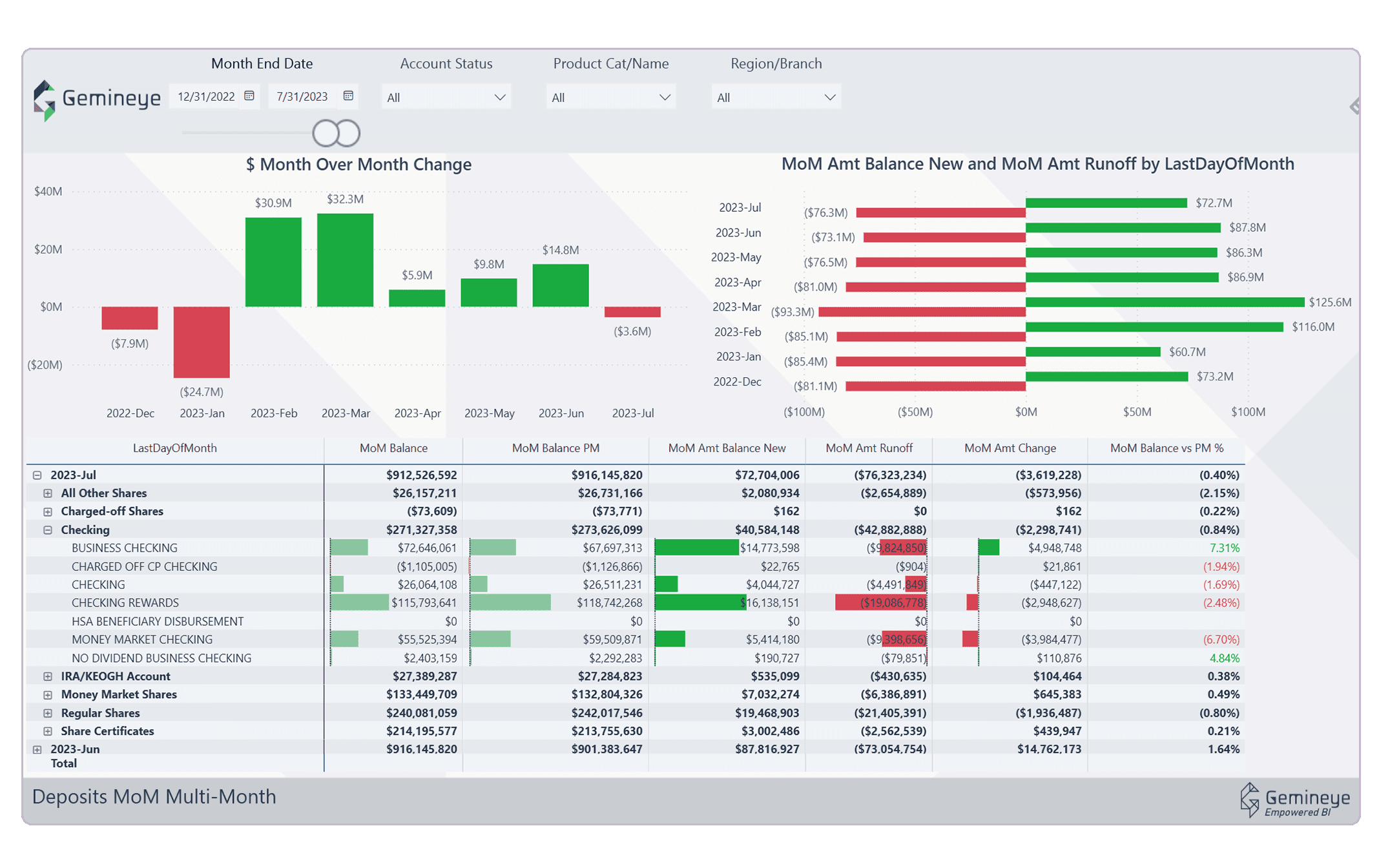Sandwich, Mass (October 28th, 2025) – Credit union and community bank data analytics provider Gemineye is excited to announce its partnership with Gesa Credit Union, a $6.4B financial institution and one of Washington state’s largest credit unions. With 45 branches across the Pacific Northwest, Gemineye’s newest client prioritizes the members and communities they serve while expanding their footprint, winning Newsweek’s Best Regional Banks & Credit Unions Award two years in a row. Gesa Credit Union is committed to making a positive impact in the communities we serve and helping our members build strong foundations for their financial journeys and lives they envision. That’s why we partner with organizations that share our values and help us deliver smarter, member-focused solutions,” says Tony Beal, Vice President of Business Intelligence at Gesa Credit Union (pictured). Gemineye’s world-class, Fortune 50 Databricks and Microsoft architecture and flexible platform made Gemineye’s solution the clear choice for an organization focused on growth, quality, and doing what‘s right for their members and communities. “The partnership reflects Gesa’s belief that the right knowledge—backed by the right tools—creates opportunity. Gemineye’s intuitive platform and client-first approach empower our teams to make data-informed decisions that ultimately benefit our members,” explains Beal. “Better technology means more ways to support the communities we call home.” “As an institution that’s growing rapidly, they’ve prioritized data management as a must-have for their continued success,” says Maggie Chopp, Director of Business Development at Gemineye. “We’re excited to provide the foundation on which their data program will develop and immediately drive value and tangible impact for their business teams. We look forward to a successful partnership with the data and leadership team at Gesa!” About Gesa Credit Union Gesa Credit Union is one of Washington’s largest credit unions, with $6.4 billion in assets, and is more than 305,000 members strong. Gesa is a full-service financial institution that offers a complete array of consumer, mortgage, and business products and services. Headquartered in Richland, Washington, Gesa operates 45 branches, loan centers, full-service student-operated campus branches at Washington State University, and 18 student-operated high school branches across Washington state. The Gesa Community Foundation, established in 2022, further supports Gesa’s ongoing commitment to local communities and charitable giving, which includes support for schools, Local Heroes groups, and community organizations through its Affinity Debit Card Program, as well as through its annual youth scholarships, and free financial and educational resources available to members and the general public. For more information, visit gesa.com. See Gemineye’s Data Lakehouse in Action Interested in learning how the Gemineye Data Lakehouse can support your member and community needs like Gesa CU? Schedule a personalized discovery call to see how our platform can transform how your institution’s data program.













